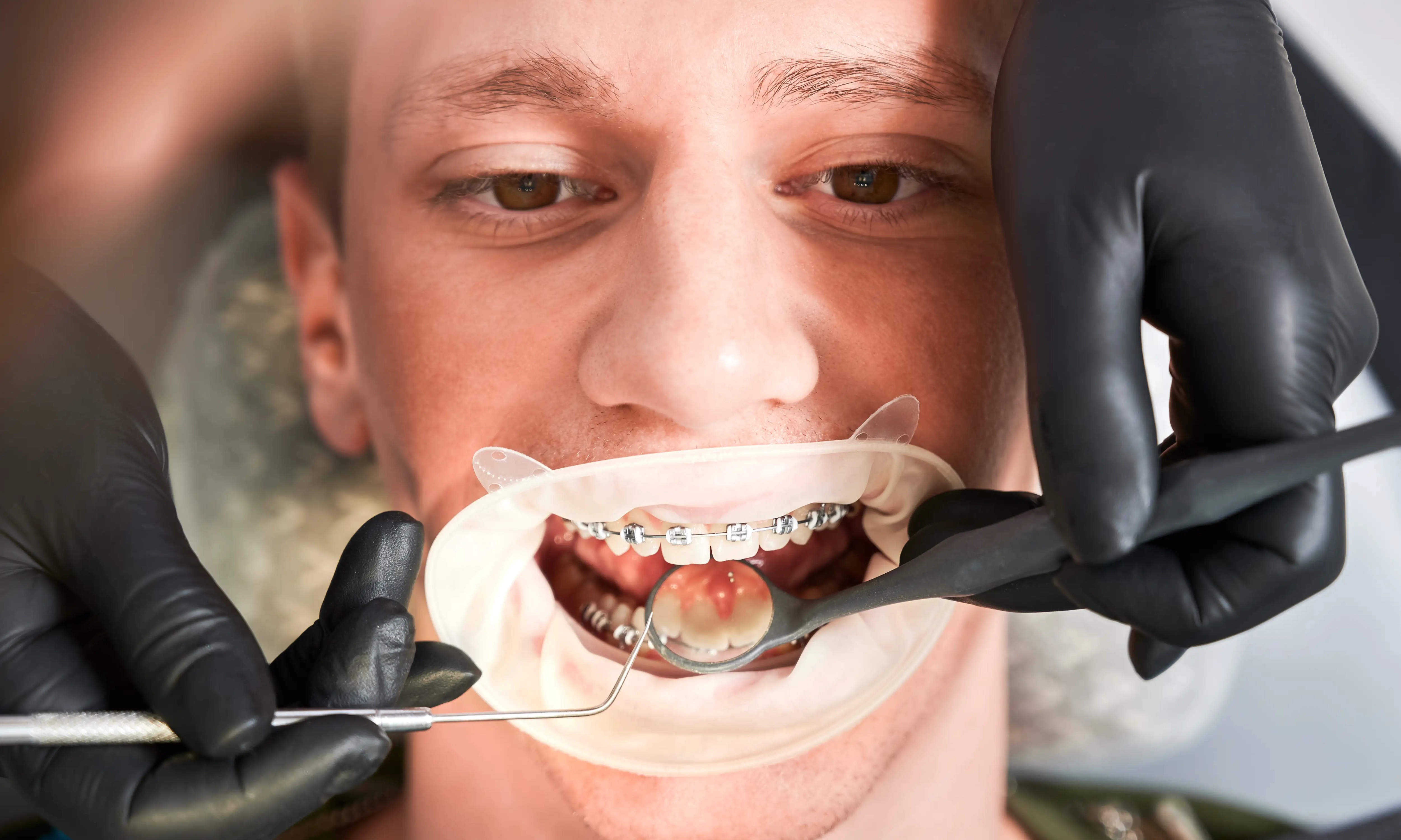Heavy toothache often indicates serious dental or jaw issues that require immediate attention, like serious infection. Over-the-counter drugs like acetaminophen or ibuprofen may help alleviate discomfort while you arrange an appointment.
Food that adheres to teeth for extended periods provides mouth bacteria with fuel to produce acids that attack tooth surfaces, eventually wearing away enamel and entering the inner pulp chamber containing blood vessels and nerves – this is known as tooth decay.
Dull Toothache
Dull tooth pain is a common dental complaint that could be the result of various issues, from gum or food debris getting stuck between the teeth, to grinding (bruxism). Any persistent, throbbing pain after eating or drinking could indicate damage inside of a tooth such as cracks or cavities that require restoration.
An intermittent dull ache is most often the result of tooth decay that has damaged both inner dentin and pulp over time, often without prompting emergency dental attention. While such pain does not typically require emergency attention, it should still be taken seriously as untreated it could lead to abscesses or other severe complications that require emergency attention from dental providers.
Typically, this form of pain can be addressed with fillings or root canal therapy treatments. With either method, the exposed areas on your tooth will be cleaned and disinfected, before fillings or crowns are applied to cover up their exposed surface areas. An extraction may also be recommended in more serious cases where repair cannot be achieved.
Sharp and persistent tooth pain should always be considered an indication that there are serious underlying issues requiring immediate care and treatment to avoid future complications.
Cracked tooth pain that continues for more than an hour could be indicative of a cracked enamel layer on one or more of your teeth. Eating hard foods or drinking hot and cold beverages may cause this crack to open up, exposing dentin, pulp and nerve endings to air, bacteria and temperature variations, leading to an excruciating toothache. Over-the-counter pain relievers may temporarily relieve discomfort; to alleviate pressure from an especially uncomfortable spot you could press between thumb and index finger and press that point between thumb and index finger for relief.
Sharp Stabbing Pain
Unwanted sharp stabbing pain that doesn’t have an obvious source can be excruciatingly uncomfortable, often signaling nerve injury and should not be ignored. Unfortunately, this problem affects many people; often caused by compressed or trapped nerves; treatment may prove challenging or impossible altogether.
Trigeminal neuralgia (TN), an ongoing condition affecting the trigeminal nerve, which connects your face with your brain. TN causes episodes of intense, sharp, throbbing or shock-like pain around the eyes, nose, lips, mouth, jaw and forehead triggered by shaving, applying makeup, brushing teeth, chewing food or talking or simply by air blowing across them – as well as shaving! Over time this pain will intensify further until eventually it lasts even longer before subsiding completely.
Some patients report their TN began spontaneously while others claim it began after an injury or dental procedure. An alternative form of TN known as Atypical Tendonitis causes constant, aching, burning or stabbing pain that is less intense than its counterpart TN1.
Any individual experiencing persistent facial pain should consult their GP, especially if standard painkillers like paracetamol and ibuprofen do not relieve symptoms and dental problems are ruled out as potential sources. Trigeminal Neuralgia, more frequently seen among women than men and more prevalent among people over 50, often goes through periods of improvement or disappearance called “remission”, though over time these periods typically shorten over time.
Tooth Sensitivity
Tooth sensitivity is a distressing condition that can be quite painful. Sufferers will find themselves wince and cringe at even mild exposure to cold air or hot and sweet food and beverages; symptoms range from mild discomfort to severe agony – yet once diagnosed it’s treatable.
Tooth sensitivity occurs when the protective enamel becomes worn or damaged and exposes soft and porous dentin that contains nerve fibers. When exposed to stimuli such as cold or hot temperatures or brushing, sensitive dentin sends signals back to the brain that create a painful experience in response.
There are various things that can erode enamel, such as overzealous brushing (especially with hard bristles), using acidic mouthwashes or toothpastes, chewing gum or grinding and clenching of teeth. Certain medications may also contribute to enamel erosion over time. It is wise to contact your physician if you suspect this might be an issue for you.
Over-the-counter toothpastes and mouth rinses containing fluoride are an effective way to combat tooth sensitivity and strengthen enamel over time. Other treatments for reducing sensitivity include composite bonding to restore damaged areas of teeth as well as home remineralizing products that can help remineralize them; but for best results visit your dentist who can evaluate both your tooth and enamel condition.
Tooth sensitivity should never be ignored and early treatment is always the best approach. If a person experiences persistent sensitivity for more than several days, they should visit their dentist to have the problem evaluated and any potential issues like cavities or infected roots addressed as soon as possible. A professional will clean and touch each tooth using special instruments before performing X-rays to examine its root. They may recommend either fillings or root canals depending on what’s discovered; for instance a root canal might be recommended in such instances.
Tooth Trauma
Tooth trauma is often the result of accidents, sports injuries and natural events like falls. This trauma could range from minor chips to severely dislodged teeth that threaten to break off or fall out entirely – depending on its severity it’s imperative that immediate treatment be sought in order to avoid serious complications like pulp necrosis or even loss.
Injurys to the teeth can range from minor fractures of enamel and dentin layers, such as enamel wear or chips, to more serious problems affecting crown, root and alveolar bone fractures. Most dental trauma injuries involve front teeth which often break more often than molars; both types can still sustain injuries in similar ways.
Attempt to reposition dislodged teeth using light finger pressure; don’t force or try to force them back in their sockets. If this fails, rinse under cold water and store in a glass with salty or saline solution to keep the area moist until professional help arrives – seek immediate dental attention as well as follow up at the trauma center to be assessed and managed as appropriate.
At the initial exam, it is crucial to assess for signs of CNS involvement, especially among young children. A comprehensive extraoral and intraoral clinical exam should take place, alongside radiographic evaluations; radiographs should also be taken at the time of injury using different angles in order to ascertain its extent; cone beam computed tomography may be more suitable in such instances involving crown, root and alveolar fractures as well as all luxation injuries.
When treating dental trauma patients, it’s essential to be mindful that they may be in an extremely emotional state, particularly if a front tooth has been lost or severely damaged in an accident. While promising that healing will take place exactly like before may seem tempting, this cannot be guaranteed and can actually increase stress for the individual involved.
Disclaimer: The content on this blog is intended for general informational purposes only. It is not a substitute for professional medical advice, diagnosis, or treatment. Always consult qualified healthcare providers for personalized advice. Information regarding plastic surgery, dental treatment, hair transplant, and other medical procedures is educational and not a guarantee of results. We do not assume liability for actions taken based on blog content. Medical knowledge evolves; verify information and consult professionals. External links do not imply endorsement. By using this blog, you agree to these terms.





